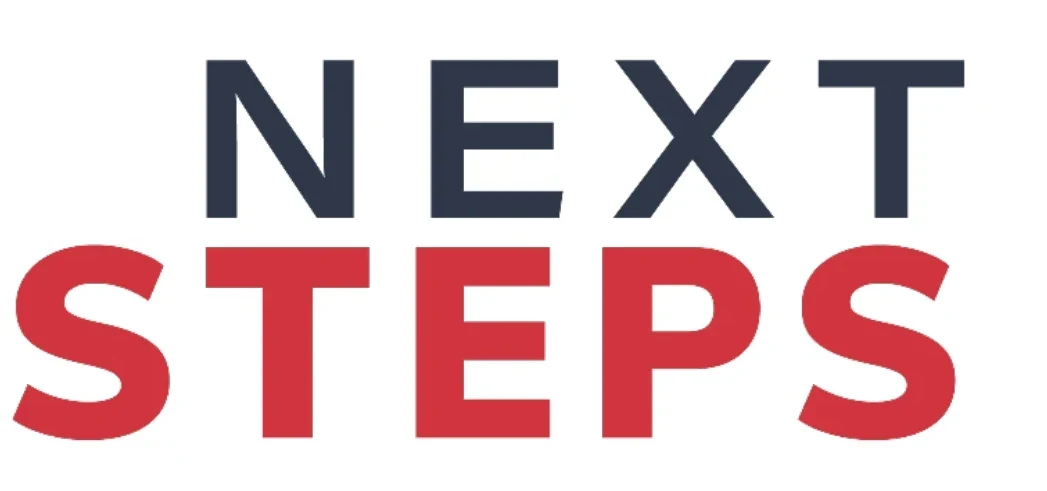Over the weekend, an article in the Daytona Beach News-Journal explored a number of familiar arguments about charter schools. One of those, which didn’t receive much ink, is noteworthy because it raises an issue that resurfaces every year, without fail, when lawmakers write the state budget.
Yet for the past two years only charters have received money set aside for school capital improvement projects, known as Public Education Capital Outlay dollars. Charter school advocates say giving them these dollars, which come from utility taxes, makes sense because the charters can’t levy sales taxes as the school districts can (Volusia and Flagler collect a half-cent sales tax that helps pay for capital expenses ranging from building repairs to computers).
This is hardly an atypical depiction of this issue, which is why there are a couple things worth noting.
First of all, school districts have received money from the Public Education Capital Outlay, which funds school facilities and other long-term purchases like technology, in the past two years. In the current state budget, they received $53 million, plus another $59 million set aside to build a handful of rural schools in districts where the local tax base is inadequate to pay for construction. Charters, meanwhile, received $75 million.
It’s true school districts went without state capital funding in previous years, while charters did receive capital funding from the state. But there are some pretty big numbers missing from that equation.
For the fiscal year that ends today, the Volusia County district budgeted more than $33 million in sales tax revenue for capital projects, which, to the author’s credit, is alluded to in the article. The district also planned on collecting more than $42 million in property tax revenue earmarked for capital projects.
In other words, Volusia district schools, which enroll roughly 60,000 students, received about as much capital funding as all the charter schools in the state, which enroll 250,000 students. Those local numbers are all-too-often missing in the debate about capital funding.
Put another way, the district collects more than $1,000 per student in revenue for capital projects, and every time a student leaves for a charter school, that number goes up. Charter schools receive an average of slightly more than $320 per student from the state, and every time a new student enrolls, that number goes down.
The per-student revenue from these local sources varies from district to district, but statewide, local sales and property taxes add up to about $2.5 billion in capital funding that generally aren’t shared with charters.
There are, of course, other layers of complexity. Debt is a big one. Volusia spent more than $50 million, or two-thirds of its capital projects revenue, paying off bonds, which means it has less money to spend on things like building renovations and school technology than its capital revenues alone might suggest.
There are other facets to this debate, including questions about who should own taxpayer-funded facilities in the years and decades to come, and how districts should plan for construction funding as charter schools continue to grow.
Providing fair funding for a system in which parents choose their children’s schools is not simple, and doesn’t fit neatly into a district-vs-charter frame. It’s even harder to sort through these issues when the funding gaps aren’t fully understood.
Note: The district budget figures come from here. The charter school capital outlay figure comes from here. The enrollment figures for the district come from here, and for charters here. A few of back-of-the-envelope calculations are here. What’d I miss?


